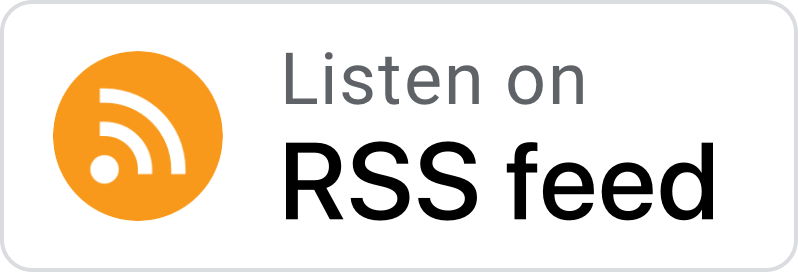
the BigAmateurism monologues
A series of events over the last 18 months—some unforeseeable—have created a perfect storm that will change college sports forever. The NCAA's bait an…
Jul 10th, 2021 |
1:05:52
Hypocrisies, Competitive Advantages, and “Bad Actors”
In this episode, I set the table to analyze the perfect storm from May 2019 to the present. I return to one of the most fundamental questions in higher education: why are universities in the business of college sports? I frame the response to this question around the “amateur-professional dilemma” defined by sports historian Ronald Smith in his 1988 book Sports and Freedom: The Rise of Big-Time College Sports. I then turn to two crucial false narratives that have influenced the debate over name, image, and likeness: (1) “competitive balance” in college sports; and (2) the portrayal of athletes, agents, boosters, and third-party contractors as “bad actors.” The battle to preserve or avoid losing a “competitive advantage” in the talent acquisition market has reached a fever pitch in the NIL debate. State legislatures and governors in Power 5 states view this issue as an emergency that requires immediate action. At the same time, big-time college sports stakeholder-beneficiaries have doubled down on their characterization of all external actors in the NIL marketplace as “bad actors.” Decision-makers use this theme to impose unnecessary restrictions on NIL activity. These restrictions may have a disproportionately negative impact on black revenue-producing athletes.


